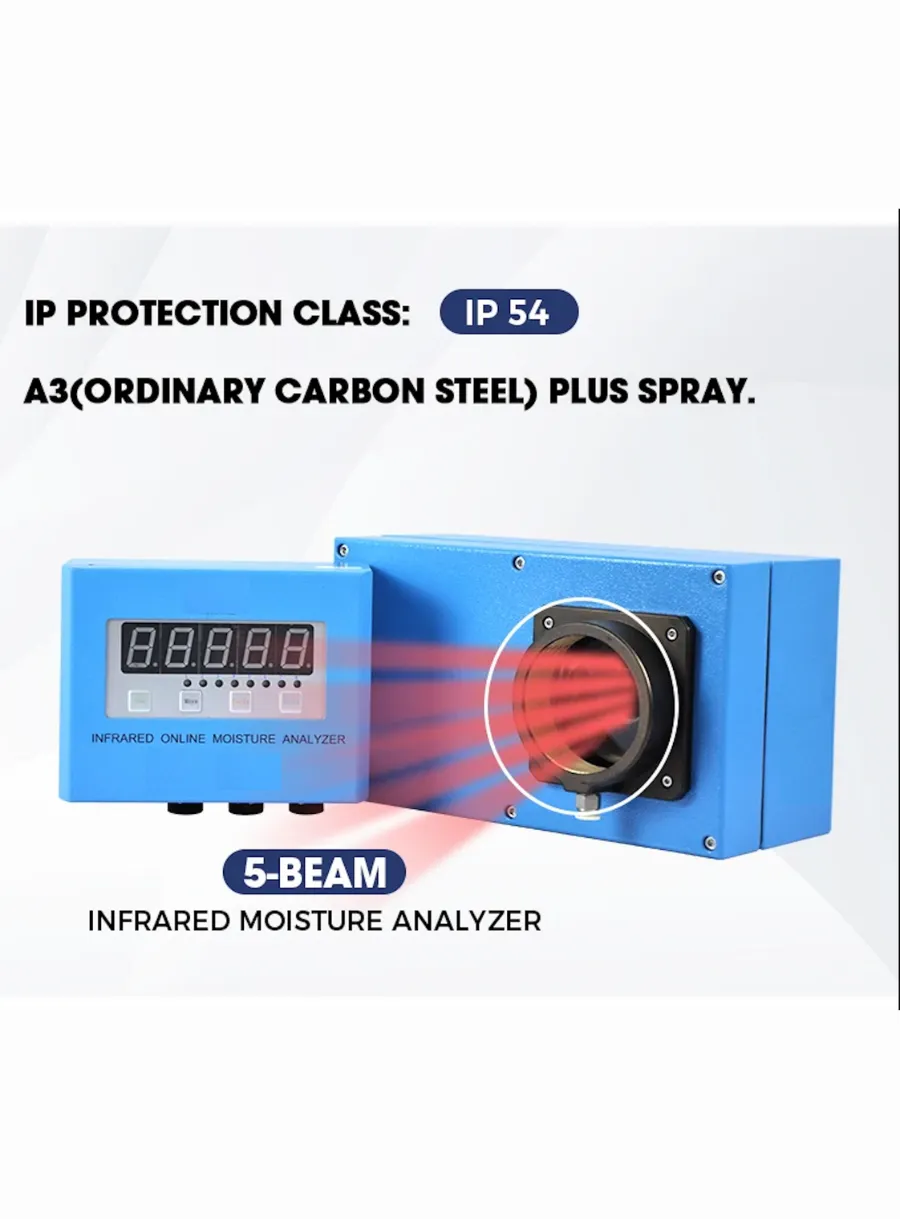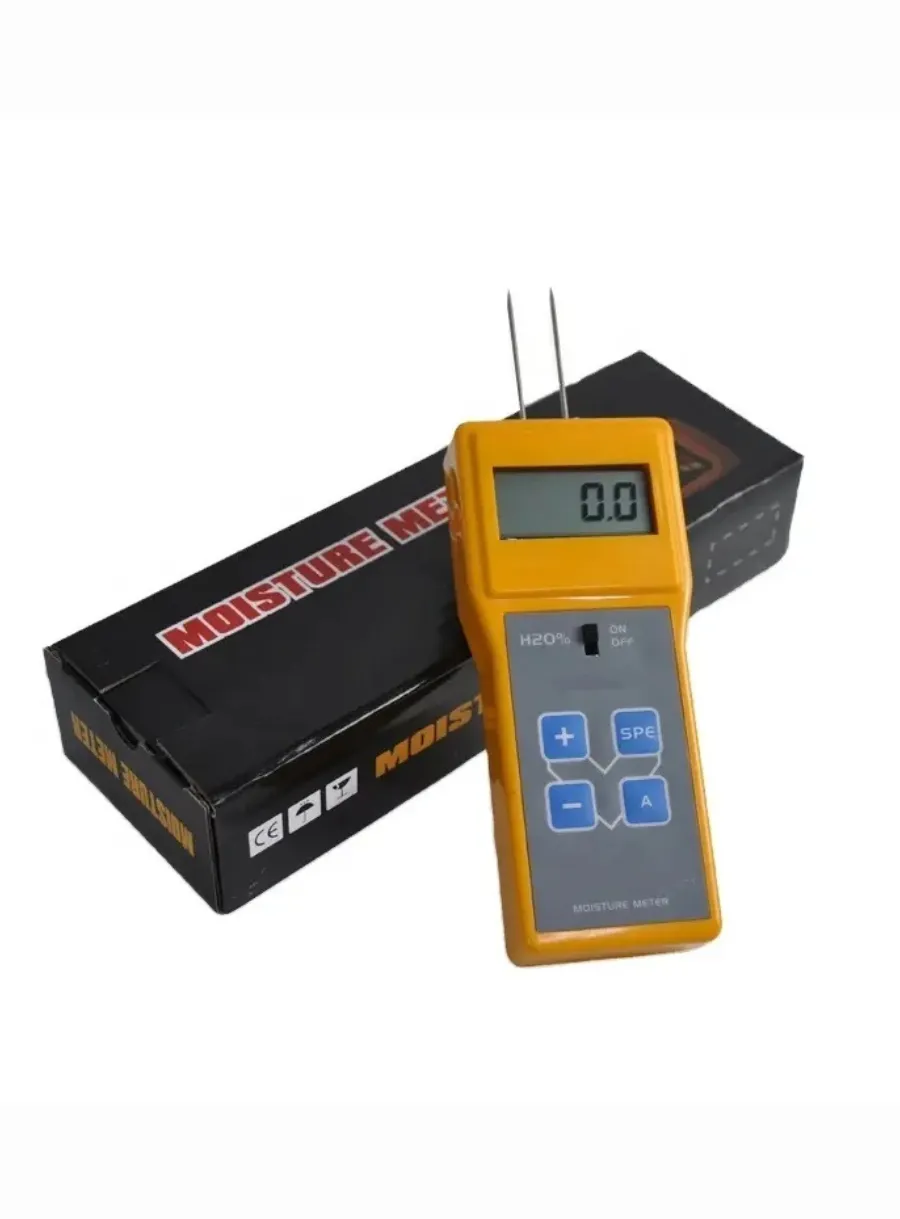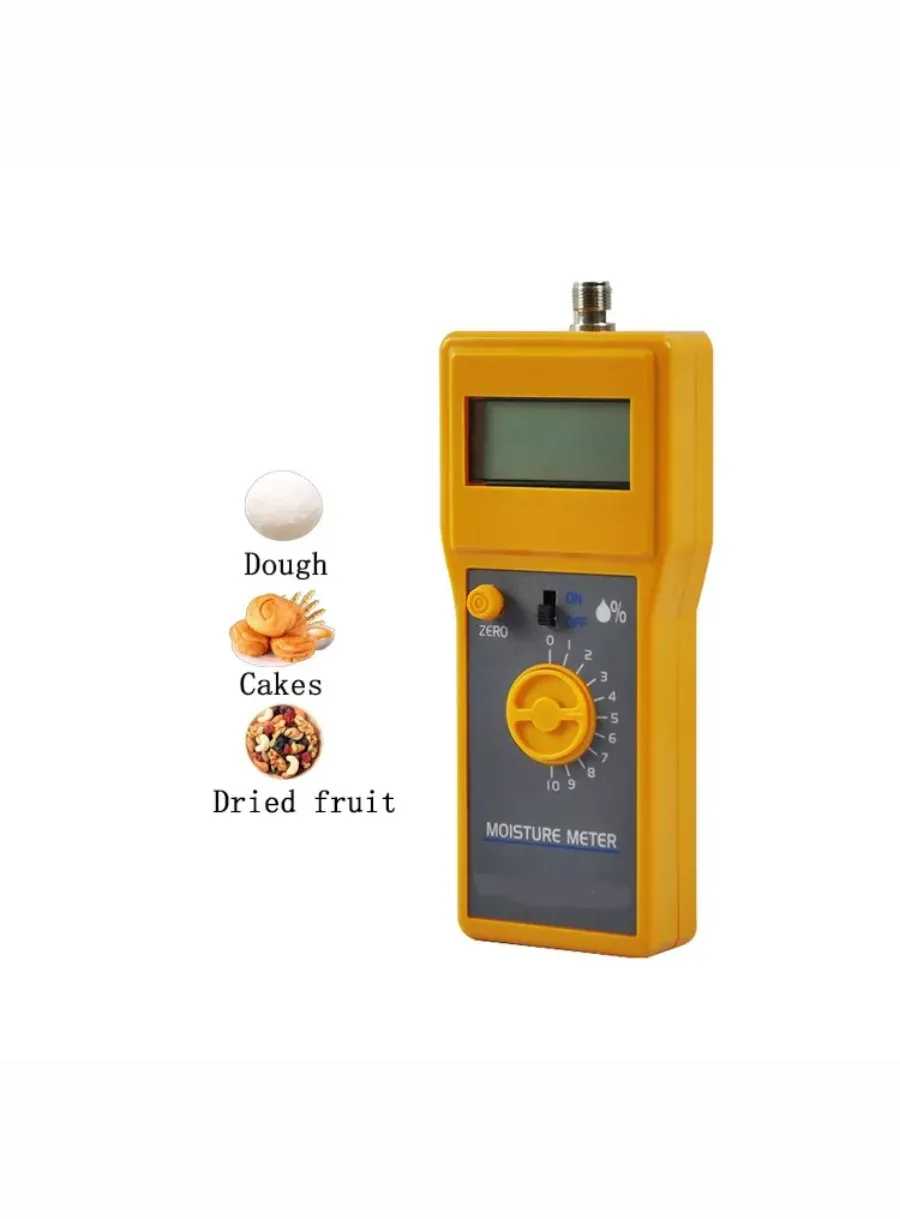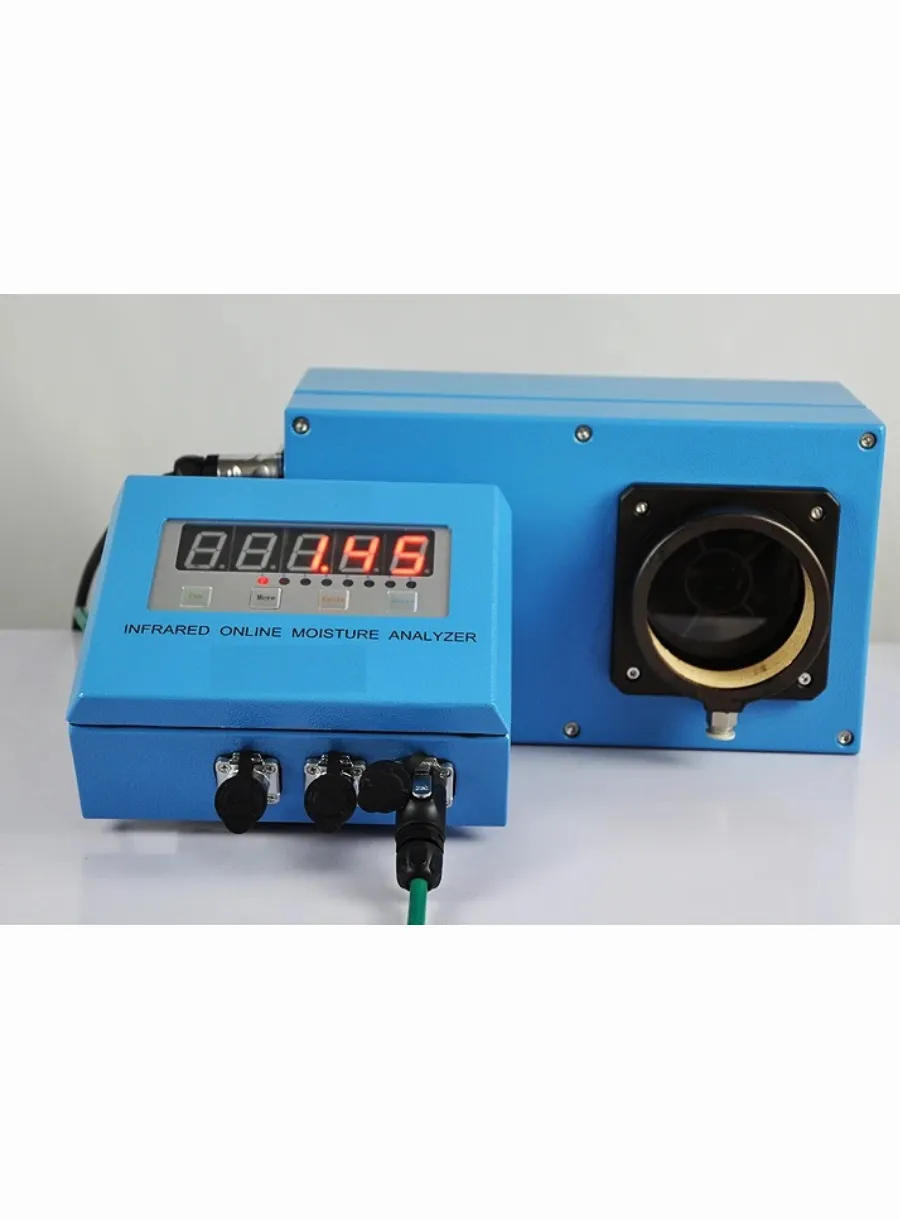
The Limitations of Meat Moisture Meters
Table of Contents

One significant limitation of pin-type meters is the damage they cause through pin penetration when obtaining readings. To achieve accurate measurements, it is often necessary to puncture the surface of the material, which may not be acceptable for certain users, such as homeowners or processors concerned with product integrity. Additionally, some surfaces may be too hard to penetrate, rendering the meter ineffective in those scenarios.
While contactless meters are useful for quick scans of areas within reach and can easily be reset for different construction materials, they also have drawbacks. The readings from contactless meters can be misleading, particularly when measuring over hidden metals within the tested material. For instance, the presence of conduit, wiring, or foil backing on insulation can cause spikes in moisture readings, necessitating the use of another meter type for verification.

Infrared Cameras
Infrared cameras, or thermography, provide a non-invasive method for assessing moisture levels, but they too are not without limitations. The readings can be influenced by various factors, including environmental conditions, and they may require expert interpretation to provide meaningful insights regarding moisture levels.
Calibration and Environmental Factors
Regardless of the meter type, accurate measurements depend heavily on regular calibration and an understanding of how environmental factors like humidity and temperature influence readings. Calibration should ideally occur at least every six months, as deviations can lead to inaccurate results. Moreover, varying moisture levels across different materials require a tailored approach for each type of meter, which adds another layer of complexity.
Comments
Tags
Frequently Asked Question
The primary limitation of pin-type meters is the damage they cause through pin penetration when obtaining readings, which may not be acceptable for certain applications where product integrity is paramount.
The readings from contactless meters can be misleading, particularly when measuring over hidden metals within the tested material, as the presence of conduit, wiring, or foil backing can cause spikes in moisture readings.
Accurate moisture meter measurements depend heavily on regular calibration, as well as an understanding of how environmental factors like humidity and temperature can influence the readings.
While infrared cameras provide a non-invasive method for assessing moisture levels, the readings can be influenced by various environmental conditions and may require expert interpretation to provide meaningful insights.


